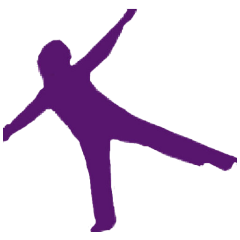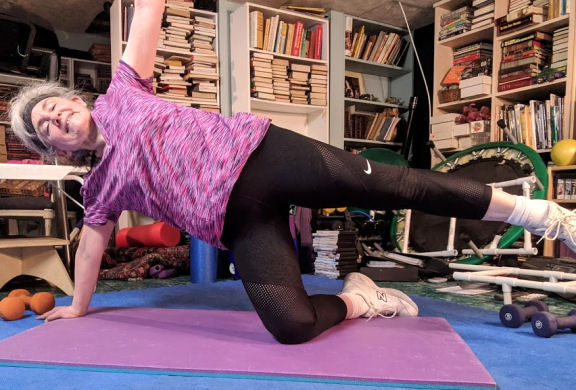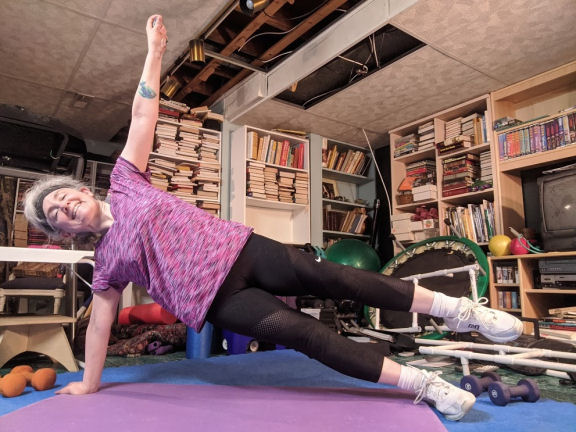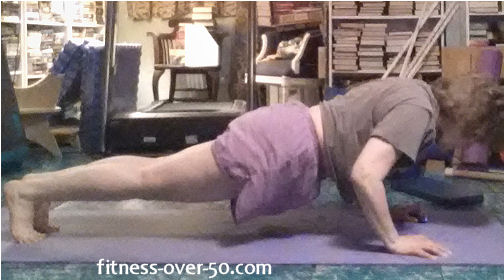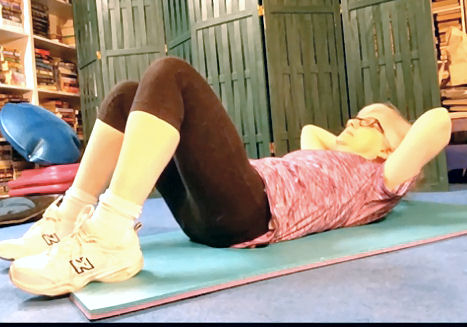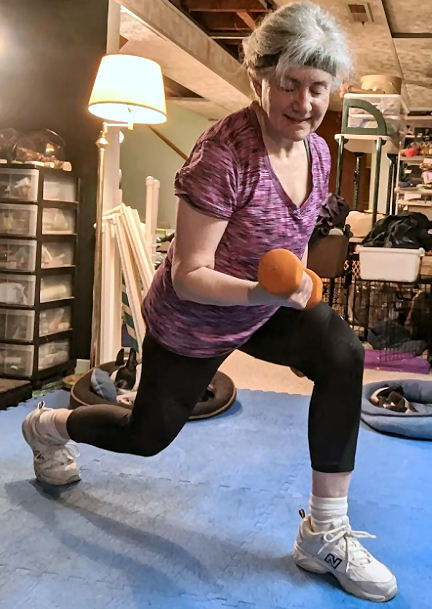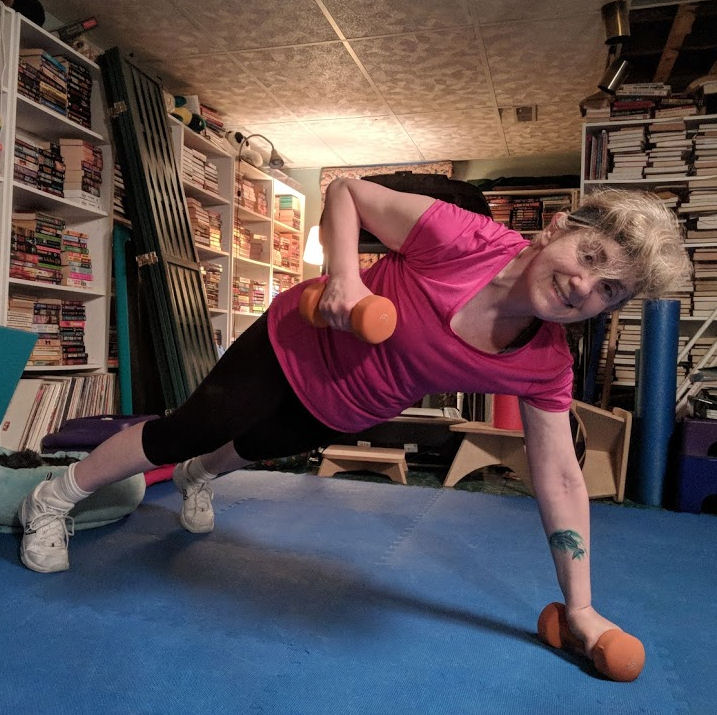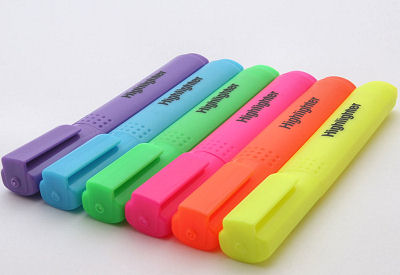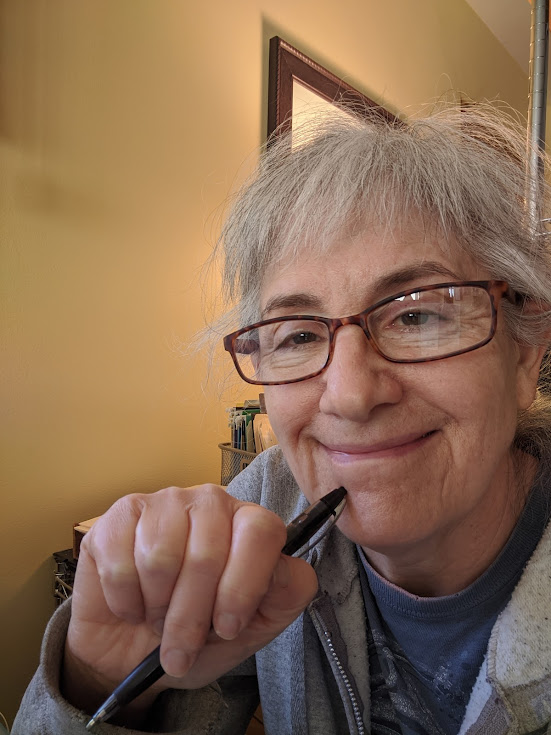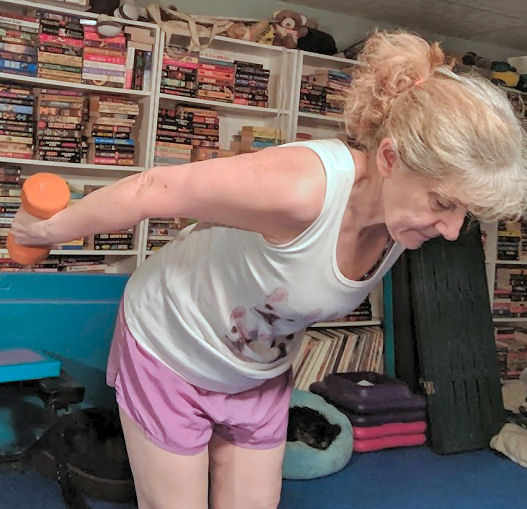You know I’m a fan of goal-setting. And I’m also a fan of setting big goals. So, chances are those goals I set will not be achievable with the equipment I have right now. If I want to do a full push-up but just don’t have the arm strength, I’ll work at it until I can do it. I’ll start on my knees or on my toes and leaning on a low table. The key is to modify anything to reach your goals.
A modification for anything
As I’ve said before, there’s a modification for everything. That modification may not be immediately apparent, but it’s there. If you want to come along with me and try that full push-up, starting out leaning on a low table may help you to increase your arm strength more than starting on your knees. Once you’re successful with push-ups using that coffee table, you can “graduate” to an ottoman. And then to a stool – going lower and lower. Eventually you’ll be ready to do a full push-up on the floor. And if I want to do a Side Plank Star but don’t have the arm strength now, I’ll start on a knee.
If you’ve set your goal for 10 push-ups, don’t give up after 2. If you’ve reached the floor but your arms give out after 2, don’t give up. Get that stool and finish your set. You’re still building your arm strength on the stool. By the way – even one push-up on the floor is amazing. Time to celebrate! Rewards are an essential part of goal-setting. Make sure that your reward is fitting – save the big reward for doing 10. Now, perhaps, a 15-minute break is appropo.
For non-exercise goals
The same step-by-step system works for other, non-exercise, goals. If you want to lose weight – say, 30 pounds, you’re not going to lose all 30 at once. And even thinking about losing 30 pounds is a daunting prospect. But 5 pounds is achievable.
Modify your goal
So, the key to reaching that lofty goal of 30 pounds is to break it up. Modify your big goal to set intermediate goals. And reward yourself every step of the way!
